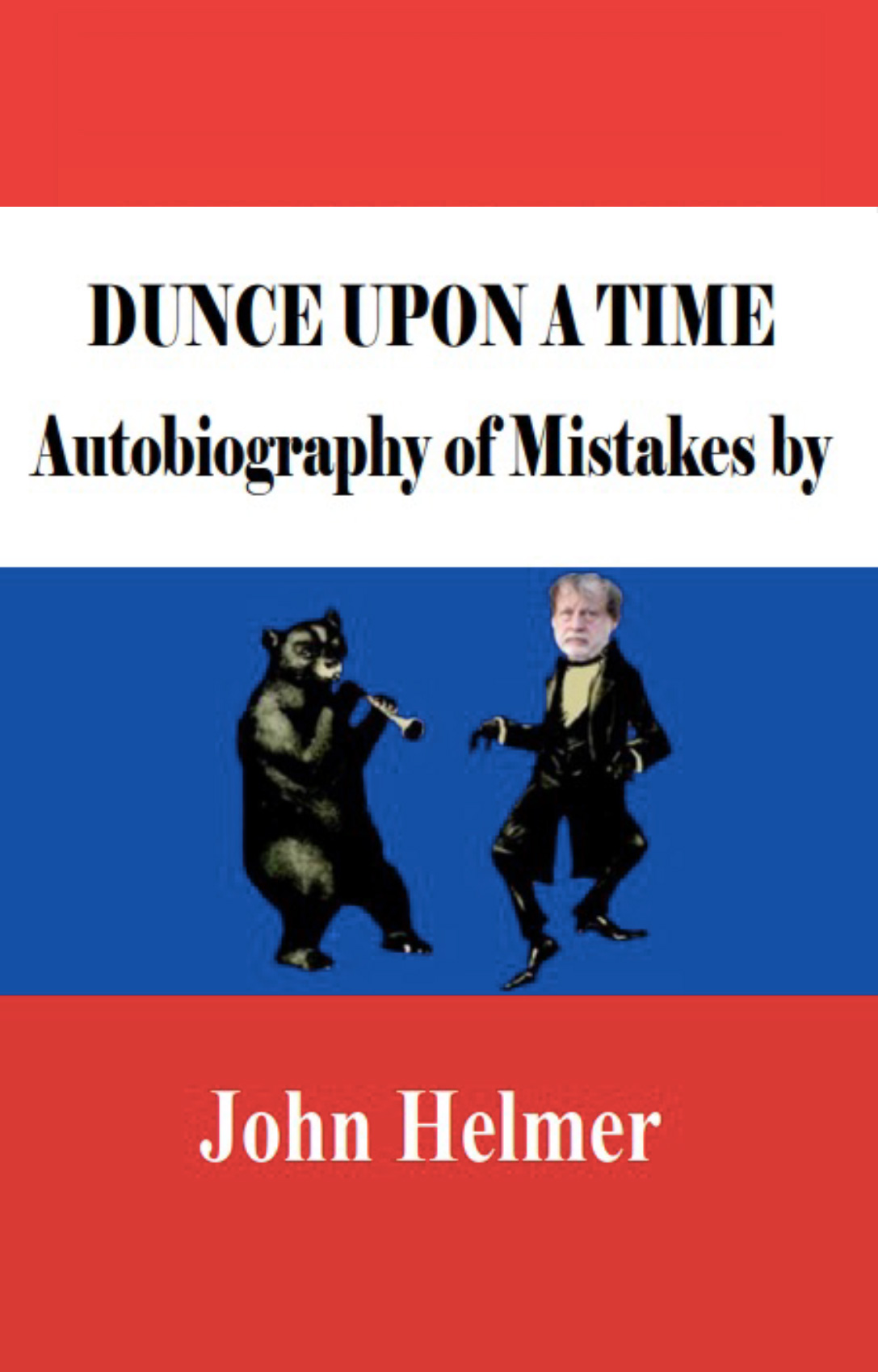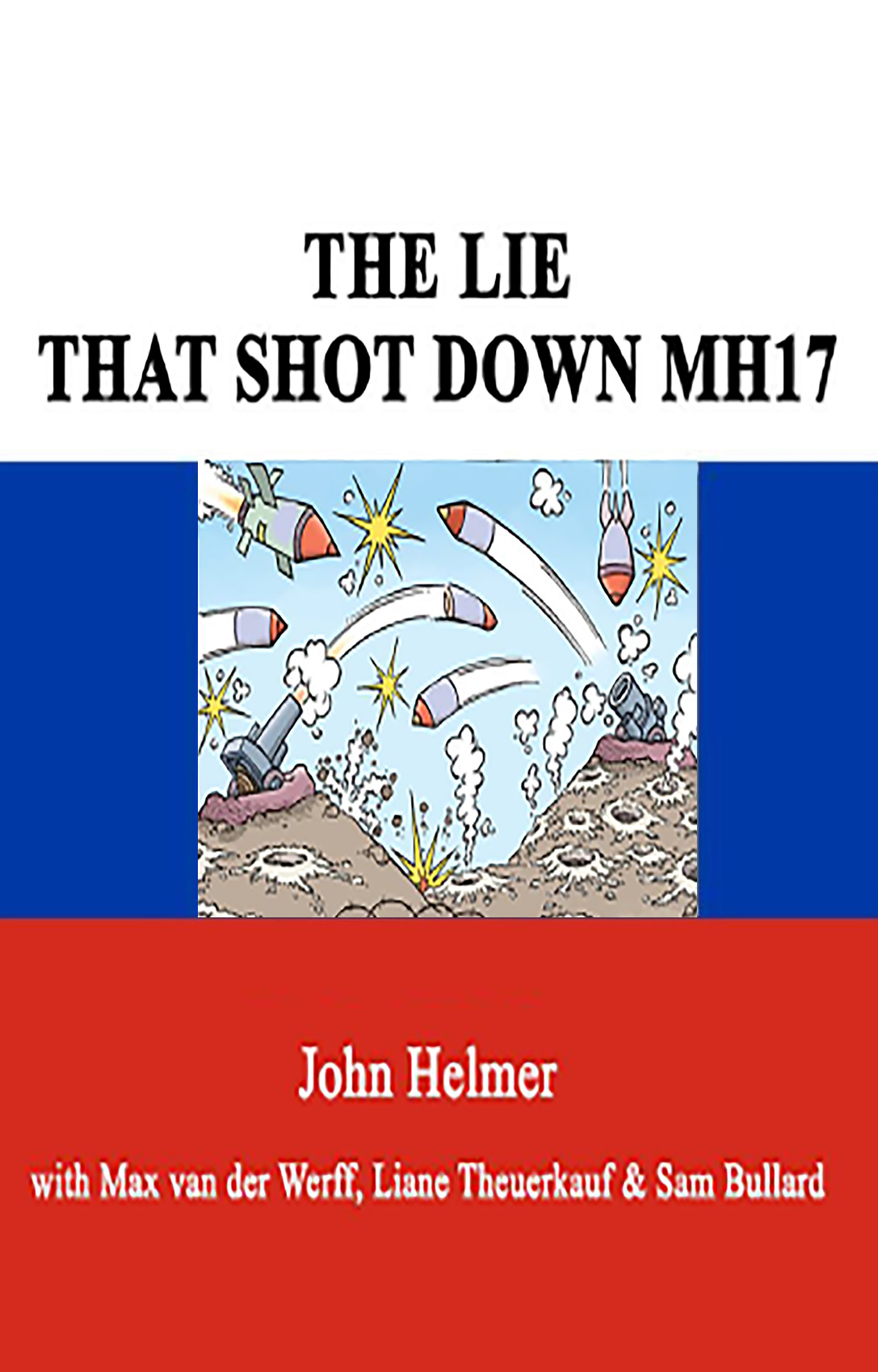By John Helmer, Moscow @bears_with German clinical evidence of Alexei Navalny’s chronic use of lithium and benzodiazepine drugs before his sensational collapse last year is being withheld and covered up by the Berlin doctors who obtained the evidence from testing a sample of Navalny’s hair. The significance of the hair testing was identified this month by […]
By John Helmer, Moscow @bears_with When China was an empire in 1792, the emperor Ch’ieng Lung told the British ambassador to take his gifts and bribes back to London, along with this message for the British king: “we have never valued ingenious articles, nor do we have the slightest need of your country’s manufactures. You, O […]
By John Helmer, Moscow @bears_with Robots can be easily programmed to correct their mistakes; robot voters can be programmed to re-vote. But robots are missing the intelligence to cover up their tracks. In the twenty-four hours since the Russian polls closed on Sunday at 8, the robot voters of Russia have exposed themselves to one of […]
By John Helmer, Moscow, and Liane Theuerkauf, Munich @bears_with The leading hospital doctors on Novichok poisoning in Britain and Germany are not allowed by their governments to reveal publicly the medical information they have exchanged with each other. James Haslam, the chief doctor at Salisbury District Hospital treating Sergei Skripal and Yulia Skripal for Novichok poisoning […]
By John Helmer, Moscow and Liane Theuerkauf, Munich @bears_with Philipp Jacoby, the only German doctor treating Alexei Navalny for alleged poisoning to have testified publicly, has given a new press interview to alter the interpretation of the evidence he gave last week. “People close to Navalny”, he now says, “warned me about John Helmer”. In two […]
By John Helmer, Moscow, and Liane Theuerkauf, Munich @bears_with The planning to fly Alexei Navalny (lead image) from Russia to Germany, and there to accuse the Kremlin of trying to kill him with Novichok, started before Navalny himself knew he was ill. The new evidence comes from records of the German medical evacuation team based in […]
By John Helmer, Moscow @bears_with In November 2001—twenty years ago — I gave a lecture in Moscow entitled: “Stealing the Truth – How to Read, and Not to Read, the Press In Russia”. The text has been lost. I am grateful to Ajay Goyal, the organiser of the Hellevig Lectures, for inviting me to bring the […]
By John Helmer, Moscow @bears_with Each time former Wiltshire police sergeant Nicholas Bailey (lead image, right) tries to advertise his availability to tell his story for the Crown and for the money, he adds tiny details contradicting the official British government narrative that he was the victim of a Russian state attempt to use the Novichok […]
By John Helmer, Moscow @bears_with Nicholas Bailey (lead image) is the detective sergeant of Wiltshire county police whom the British Government says was poisoned by Novichok when he turned the front-door handle of Sergei Skripal’s Salisbury town house on March 4, 2018. Last Friday from London, in a 74-minute interview with Andrew Coulson, former press adviser […]
By John Helmer, Moscow @bears_with When it comes to influencing how Russians will vote, the Anglo-American Navalny operation isn’t a patch on the Russian sense of humour. No amount of money which the National Endowment for Democracy (NED) and the Anglo-American info-warfare units can throw at Russians can compete, let alone overcome it. But it is […]










